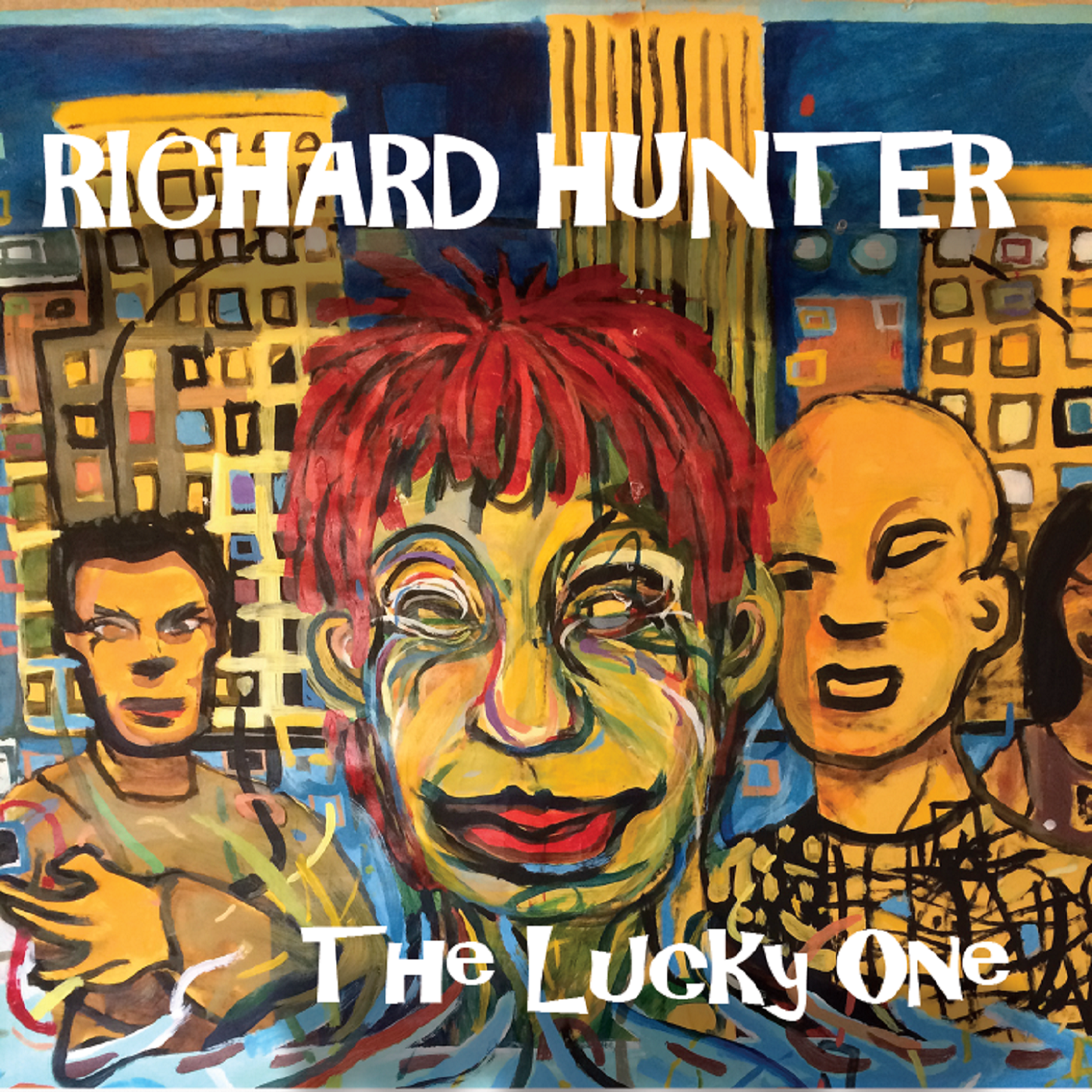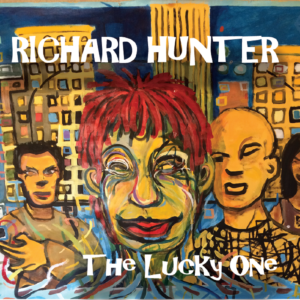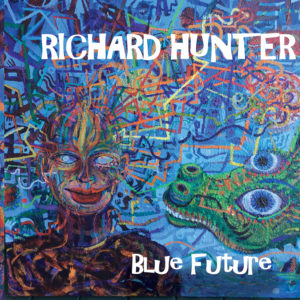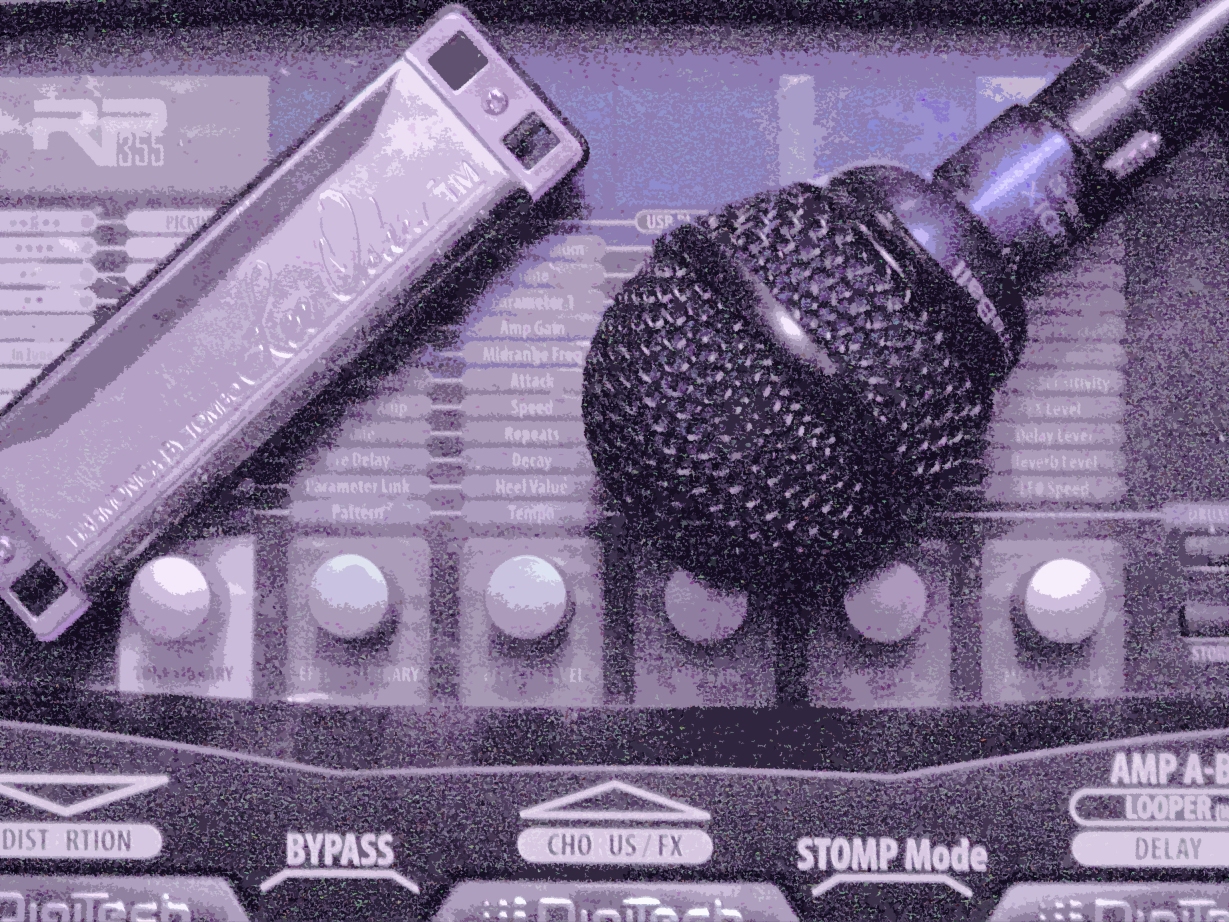
The Harps and FX I Used to Record “96 Tears”
“96 Tears,” the cover song that closes my record “The Lucky One,” is a perfect teenage-stupid song about unrequited love (and self-pity, of course–it’s a teenage-stupid song!). The original is as messy (the organist makes an outright mistake at one point, and the structure is kind of in flux throughout) and distinctive in its own way as “Tainted Love,” another song driven by an obsessive organ lick. I played “96 Tears” as organist in my first band, Tiki and the Wambesi Gods, on several occasions–it’s one of the first songs I ever played for an audience. I have never ceased to marvel that this messy, crazy song appeals to me so much. But I suppose there have been messy, crazy people in my life that strongly appealed to me, too.

Driving on Packsaddle Road in Tetonia, ID last summer, I started thinking about “96 Tears,” and I began to create all sorts of harmonica parts for the song, which I recorded on my iPhone. When I played those parts for my wife Patty, she confirmed what I thought: it rocked hard. I told my producer Ed Abbiati that I wanted to record “96 Tears” for the record. Ed was dubious–his preferred trashy rock tune from that era is the Standells’s “Dirty Water,” which was my second choice. But he went along with it, and ultimately was glad for it.
I wanted to preserve the teenage angst, energy, and confusion that’s so important to this song, in part by playing big sounds all over, in part by not being too uptight about whether a particular note was played perfectly, in part by going with first takes on practically every harmonica part, including the wild fuzz-toned solo that kicks in on the outtro. I used a lot of wobble sounds on the harmonica because those sounds have intrinsically high emotion in them. Those sounds combined with the band’s close attention to the big, hairy groove make for a solid transformation of the song.
You can hear a 30-second clip from my recording of “96 Tears” using the player below–use the double right arrow button to scroll to the 12th song. To hear the whole song, you have to buy it. (It’s a cover, and I can’t stream the whole song without violating copyright.) I think it’s worth the 99 cents…
How the harps were recorded
The rhythm track for this song–bass, drums, and lap steel–was recorded live in Studio 1935, Philadelphia, PA in September 2017. Mike Brenner played lap steel, Mark schreiber played drums, and John Cunningham played bass, with Pete Rydberg engineering. (It was Pete who told me after the first take that the original key I’d chosen–G–didn’t seem right for the vocal; the low vocal notes weren’t working. We immediately took the song up to A, and that’s where it stayed.) In the studio I played the same harmonica lead that begins the song on the record, using the same patch on the RP500–a Tweed Deluxe amp model paired with Digitech’s totally psycho Vibropan effect–and did a scratch vocal.
I did the harmonica and vocal overdubs in my home studio using an Audix Fireball V mic and a Digitech RP500 connected directly to my studio laptop via USB. All harmonica parts on this song were performed with the same Seydel 1847 D harp, in second position (A) for most of the song, and 5th position (F# minor) on the bridge. The first thing I recorded was a wobble sound–in this case, a Champ amp model with a rotating speaker (Leslie) effect. This sound is very similar to a rock Hammond organ, and I used it in much the same way–to fill in behind the vocal and add a little rhythmic punch and a lot of emotional intensity. This sound is the one you hear playing fills on the F# minor bridge.
The next part to go on was an on-the-spot inspiration. I decided to try a “tenor sax” patch with an octave-down pitch shift and a Bassman amp model. It turned out to work beautifully with the organ-like patch, with a rough sound that contributed a lot to the teenage vibe; the two of them make a nice horn/organ section. I added a second pitch shifted part, in this case a double octave down, on the bridge to put more weight into it
Next I scrapped the harmonica part I played while recording with the rhythm section. The performance was fine, but the Vibropan patch I used in the studio had a wobble rate that was too slow–the wobble timing was in conflict with the beat. I adjusted the rate on the Vibropan patch to match the beat, and re-recorded the part. That made two wobble sounds on the outtro to the song: the rotary speaker and the vibropan. If you’d asked me before I put those parts on how I thought they’d sound together, I wouldn’t have liked the idea. But they sound almost hysterically emotional when they play together on this song, not to mention epically big and wide (and dirty).
The last part to go on was the white hot lead harp that bursts into the mix with a string of very fast triplets to kick off the outtro. That part went on like this:
I literally recorded that entire solo in one pass with no overdubs on the first take. I careened through it, barely hanging on at some points, and it felt like the right thing for this song: impetuous, loud and obnoxious, impressive in its wild energy. In other words, teenaged.
Performing “96 Tears”: two players can do it
My arrangement could be convincingly covered by two harmonica players equipped with Digitech RP500s running my patch set, though three would be tops. One of the players would cover the rotary speaker parts, which are found almost throughout the song. The second would cover the vibropan part and the tenor sax part, the former at the beginning and end, the latter in between, and would switch to the lead fuzztone to jam out the ending. (That second player might use two RPs, one playing an octave down and the other two octaves down, to fill out the horns on the bridge.) With three harp players, the one covering tenor sax and vibropan could keep the vibropan part going to the end.
I’ve said it before, I’ll say it again: it’s time to start putting more than one harp player in the band. Get yer friends together and make it happen.
If you liked that, you’ll like these:
the 21st century blues harmonica manifesto in sound
Get it on Amazon
Get it on iTunes
the rock harmonica masterpiece
Get it on Amazon
Get it on iTunes
Tags In
Related Posts
Leave a Reply
You must be logged in to post a comment.
WHAT’S NEW
Categories
- Audio/Video
- Blog
- Blue Future
- Digitech RP Tricks and Tips
- Discography, CDs, Projects, Info, Notes
- Featured Video
- For the Beginner
- Gallery
- Hunter's Effects
- Hunter's Music
- Huntersounds for Fender Mustang
- Meet the Pros
- More Video
- MPH: Maw/Preston/Hunter
- My Three Big Contributions
- Player's Resources
- Pro Tips & Techniques
- Recommended Artists & Recordings
- Recommended Gear
- Recorded Performances
- Reviews, Interviews, Testimonials
- The Lucky One
- Uncategorized
- Upcoming Performances
- Zoom G3 Tips and Tricks



